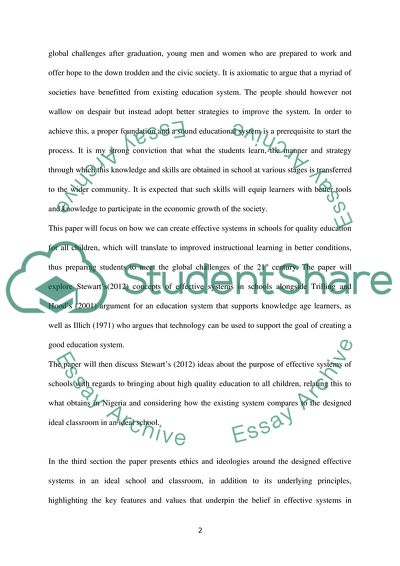Cite this document
(“An Ideal Classroom in an Ideal School Assignment”, n.d.)
An Ideal Classroom in an Ideal School Assignment. Retrieved from https://studentshare.org/education/1702459-an-ideal-classroom-in-an-ideal-school
An Ideal Classroom in an Ideal School Assignment. Retrieved from https://studentshare.org/education/1702459-an-ideal-classroom-in-an-ideal-school
(An Ideal Classroom in an Ideal School Assignment)
An Ideal Classroom in an Ideal School Assignment. https://studentshare.org/education/1702459-an-ideal-classroom-in-an-ideal-school.
An Ideal Classroom in an Ideal School Assignment. https://studentshare.org/education/1702459-an-ideal-classroom-in-an-ideal-school.
“An Ideal Classroom in an Ideal School Assignment”, n.d. https://studentshare.org/education/1702459-an-ideal-classroom-in-an-ideal-school.


